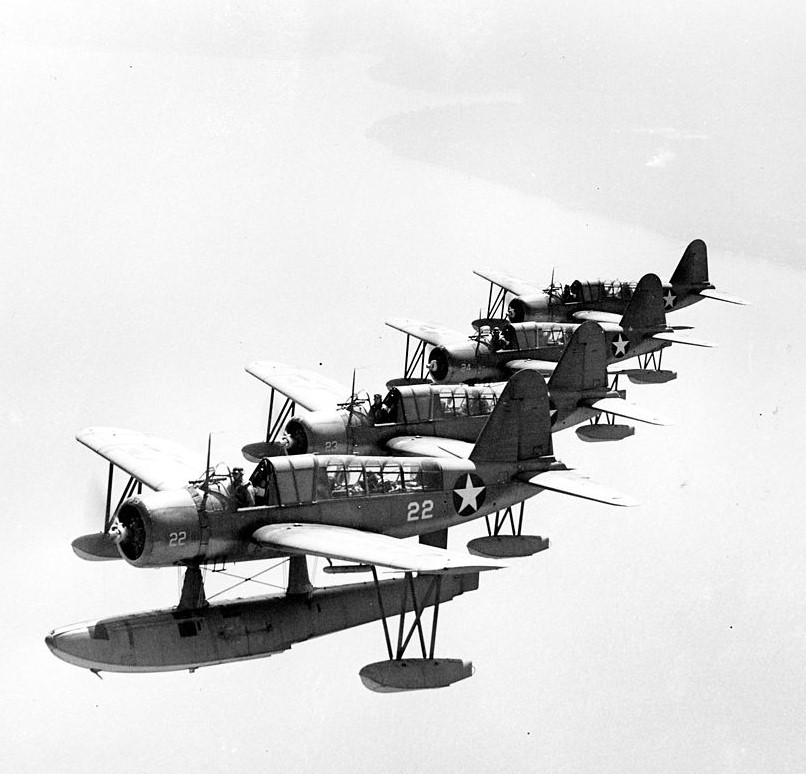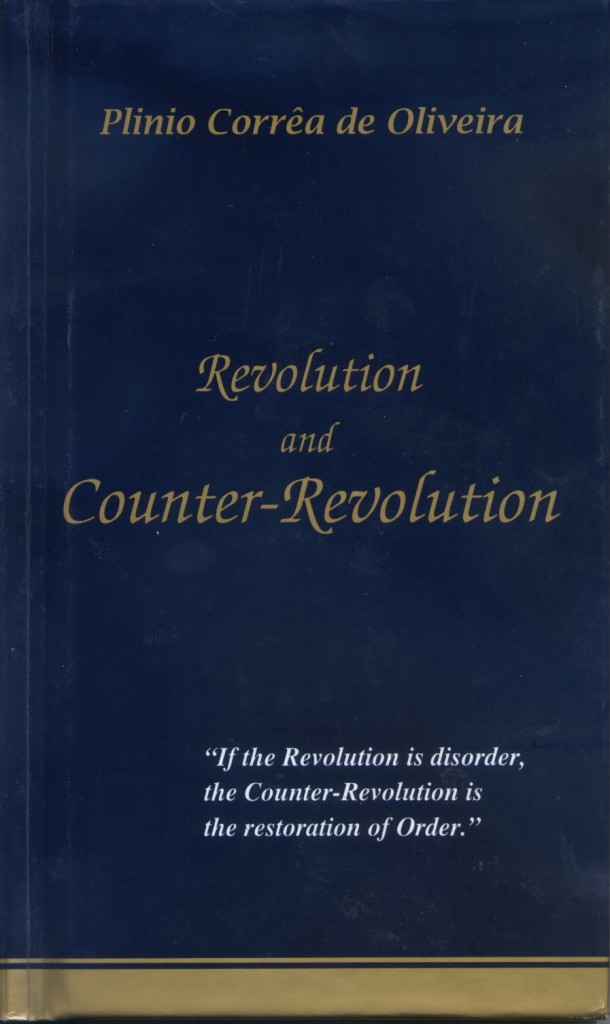CHAPTER V
The Three Depths of the Revolution: In the Tendencies, in the Ideas, and in the Facts
1. The Revolution in the Tendencies
As we have seen, this Revolution is a process made up of stages and has its ultimate origin in certain disorderly tendencies that serve as its soul and most intimate driving force.1
Accordingly, we can also distinguish in the Revolution three depths, which, chronologically speaking, overlap to a certain extent.
The first and deepest level consists of a crisis in the tendencies. These disorderly tendencies by their very nature struggle for realization. No longer conforming to a whole order of things contrary to them, they begin by modifying mentalities, ways of being, artistic expressions, and customs without immediately touching directly — at least habitually — ideas.

“On the contrary, man’s free will, aided by grace, can overcome any crisis, just as it can stop and overcome the Revolution itself.”
2. The Revolution in the Ideas
The crisis passes from these deep strata to the ideological terrain. Indeed, as Paul Bourget makes evident in his celebrated work Le Demon du Midi, “One must live as one thinks, under pain of sooner or later ending up thinking as one has lived.”2 Inspired by the disorder of these deep tendencies, new doctrines burst forth. In the beginning, they at times seek a modus vivendi with the old doctrines, expressing themselves in such a way as to maintain a semblance of harmony with them. Generally, however, this soon breaks out into open warfare.
3. The Revolution in the Facts
This transformation of the ideas extends, in turn, to the terrain of facts. Here, by bloody or unbloody means, the institutions, laws, and customs are transformed both in the religious realm and in temporal society. It is a third crisis, now fully within the field of facts.

Four OS2U Kingfisher airplanes flying in right echelon formation.
4. Observations
A. The Depths of the Revolution Are Not Identical to Chronological Stages
These depths, in a way, are echeloned. But an attentive analysis shows that the operations of the Revolution within them are so intermingled in time that these different depths cannot be viewed as a number of distinct chronological unities.
B. The Differentiation of the Three Depths of the Revolution
These three depths are not always clearly differentiated from one another. The degree of distinctness varies considerably from one concrete case to another.
C. The Revolutionary Process Is Not Irrepressible
The movement of a people through these various depths is controllable. Taking the first step does not necessarily imply reaching the last and thereby sliding into the next depth. On the contrary, man’s free will, aided by grace, can overcome any crisis, just as it can stop and overcome the Revolution itself.
In describing these aspects of the Revolution, we act like a physician who depicts the complete evolution of an illness right up to death, without meaning by this that the illness is incurable.
- See Part I, Chapter 3,5; also Chapter 7,3.
- Paul Bourget, Le Demon du Midi (Paris: Librairie Plon, 1914), vol. 2, p. 375.
Plinio Corrêa de Oliveira, Revolution and Counter-Revolution (York, Penn.: The American Society for the Defense of Tradition, Family, and Property, 1993), Part I, Ch. V, Pgs. 26-28.







